If you have opted for Invisalign® treatment, your dentist has told you it takes commitment to see the best results. Here we offer tips to create the perfect routine to maximize your treatment for outstanding results.
Track Your Schedule
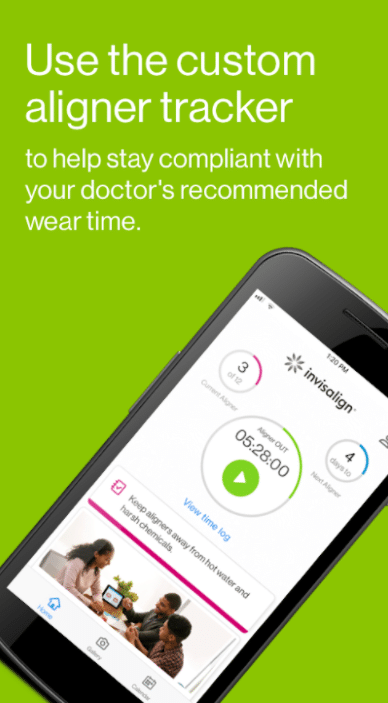
Because you are responsible for switching up your Invisalign® trays, make sure you track your schedule. Your dentist will tell you whether you need to change aligners every one or two weeks. This schedule helps achieve your results and should be followed to a ‘T’. Set a reminder on your phone, or use the Invisalign® app so you can easily follow your treatment plan. Each delay in switching your trays can slow down your progress so you have to wear your trays for a longer period of time.
Switch Aligners At Bedtime
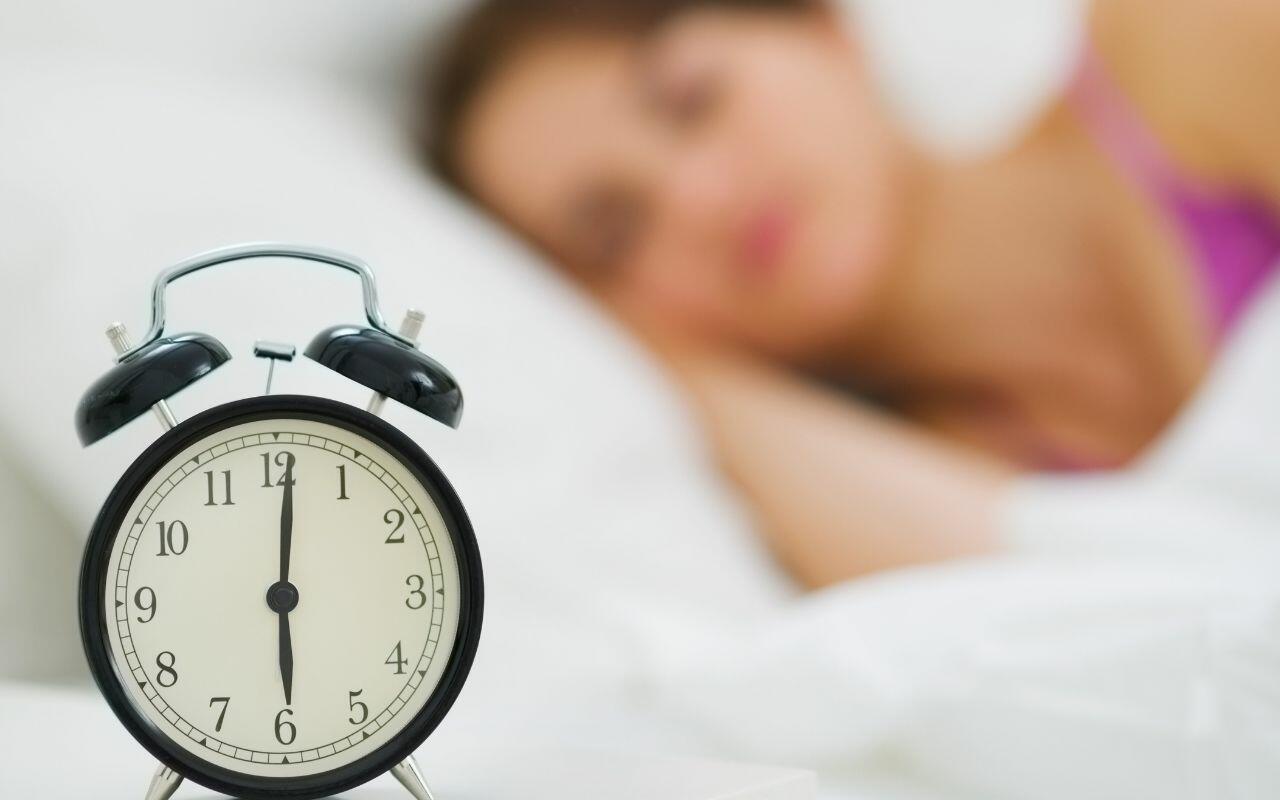
Your teeth need time to adjust to your new aligners. This can lead to discomfort, or in some cases even pain. The best way to avoid the discomfort is to put in new aligners at bedtime, so you can take over-the-counter pain medication and sleep through the discomfort. In most cases, you will wake up feeling a little sore, but the worst of the adjustment will be over. You will also be less reluctant to switch your trays to avoid discomfort, so you’ll keep on track with your schedule.
Stick To The 22-Hour Schedule
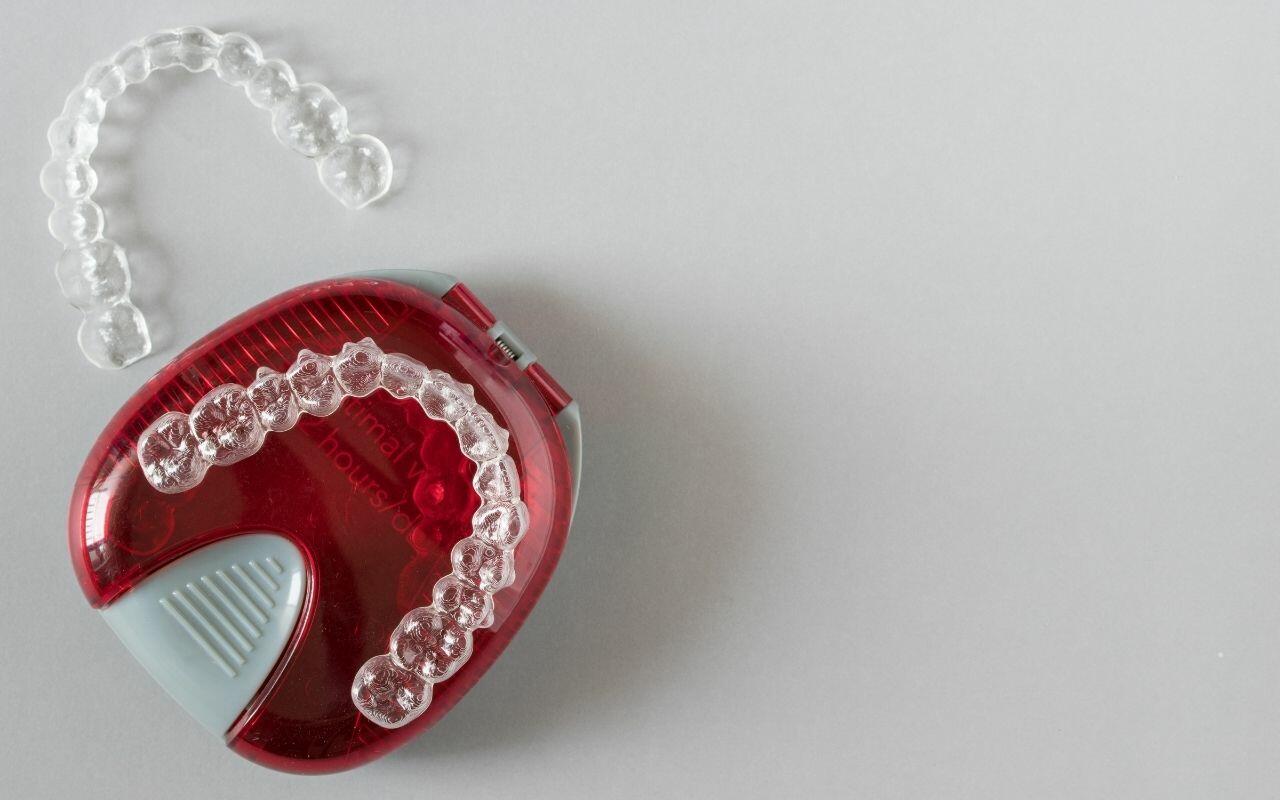
Invisalign® treatment is optimized when you keep your aligner trays in for at least 22 hours. This gives you enough time to eat meals, brush, and floss. The longer you wear your aligners, the better and faster your results. The more often you take them out, the less effective they become. Therefore, save those times without trays for very special occasions, such as school pictures (which take just a few minutes), weddings, or a first date. Remember, your aligners are barely noticeable, so you should never be overly conscious about them. Feel confident wearing them 22 hours a day.
Pay Attention To Your Weight
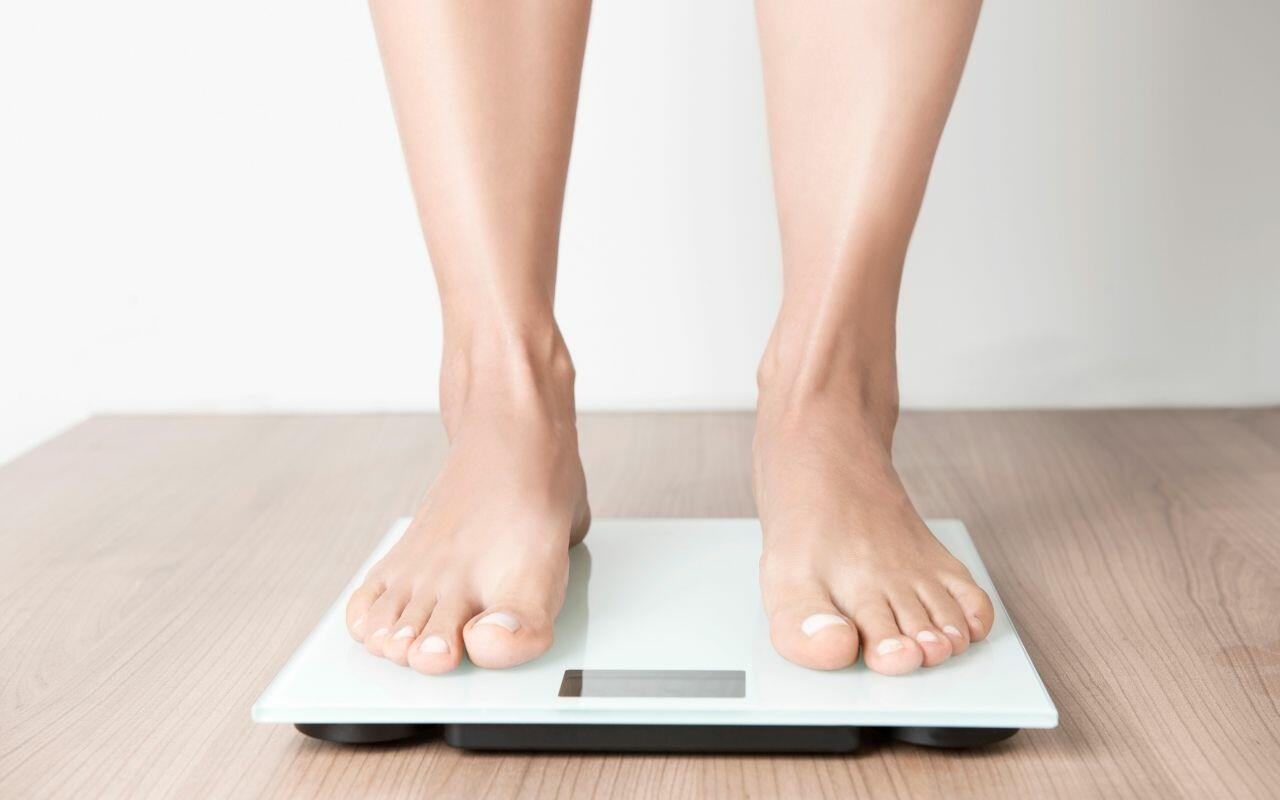
Most people would be thrilled to hear Invisalign® treatment can lead to weight loss. Weight loss is common because people don’t want to contend with taking their aligners out every time they want a snack. However, while this can be good news for most people, if you are on the lower end of the scale and are at risk of being underweight, this could be an issue. Many people refer to their reduced snacking as the “the Invisalign® diet” because most people start to catch on pretty early that every snack means cleaning their teeth and aligner. If you are at risk of becoming underweight, make sure you are sticking to a healthy diet plan to maintain a healthy weight.
Have More Than One Retainer Cases
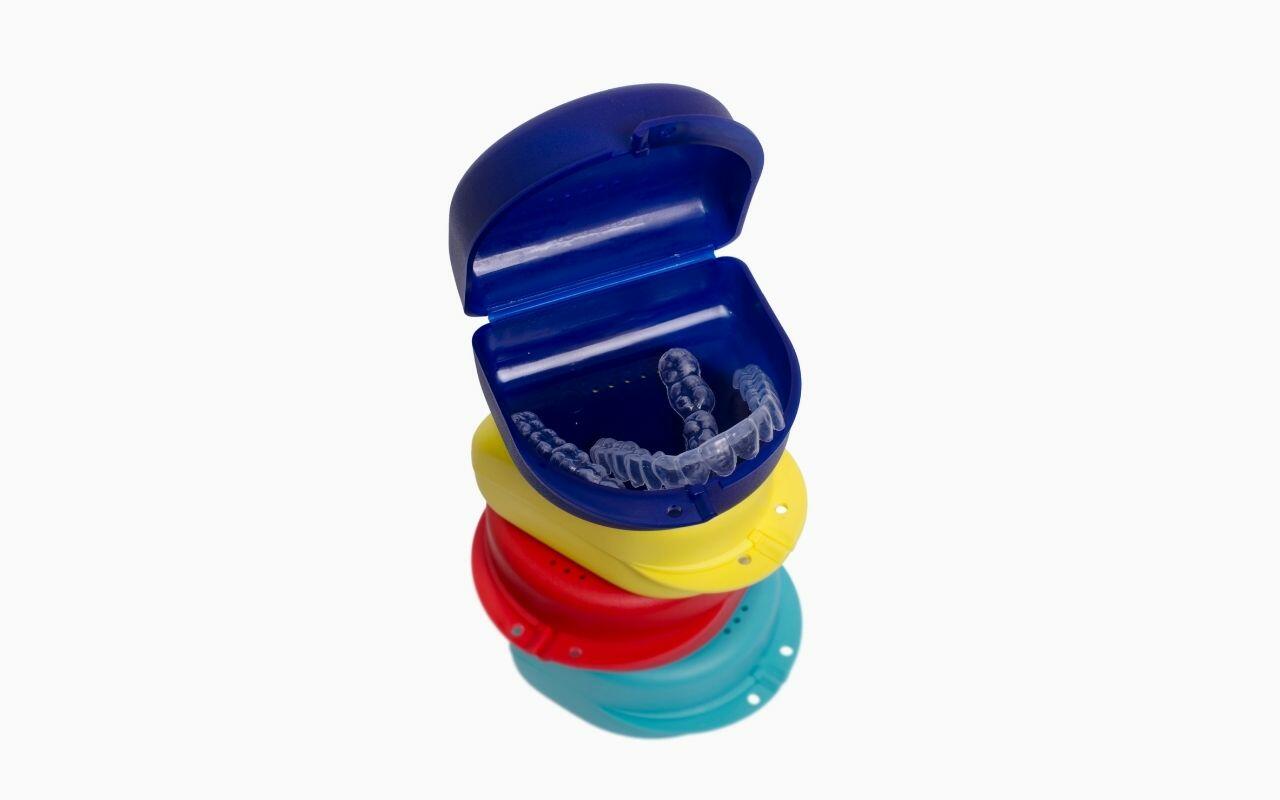
It’s a good idea to have at least two retainer cases: One for home and one for when you are out. Keeping one in your car, purse, desk, or knapsack reduces the risk of losing your aligners. Taking your trays out to eat and putting them in a napkin increases the risk of damage or even accidentally tossing them in the garbage. Having a retainer case handy allows you to put them away safely while you eat, and find them safe and sound when you are done.
Save Old Aligners
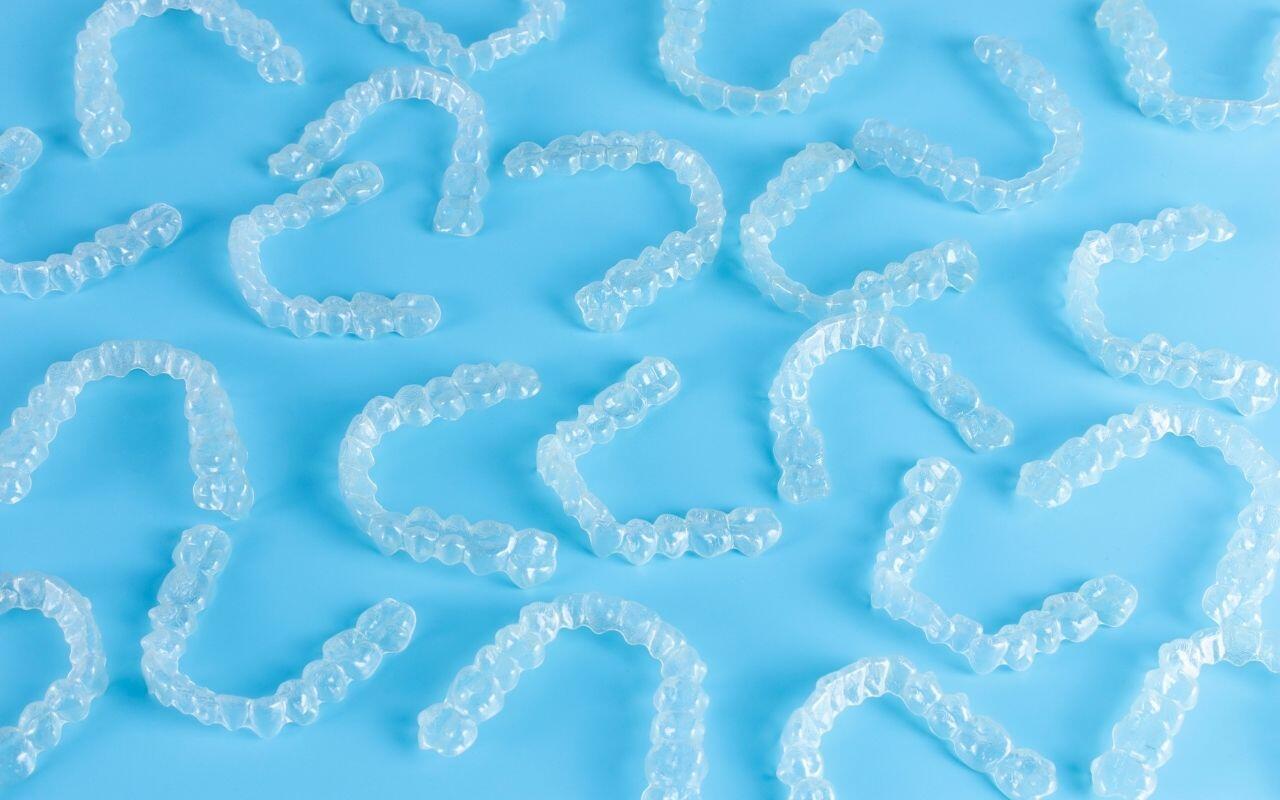
If you damage or lose your aligners, it’s important to have a backup. The easiest solution is to save your old aligners so you can use them in a pinch. Let your dentist know right away, so they can make a new set. Since you should have the replacements in a week or so your old aligners will help avoid setbacks in your progress. Always use the most recent aligner for a more comfortable fit.
Clean Your Aligners Properly
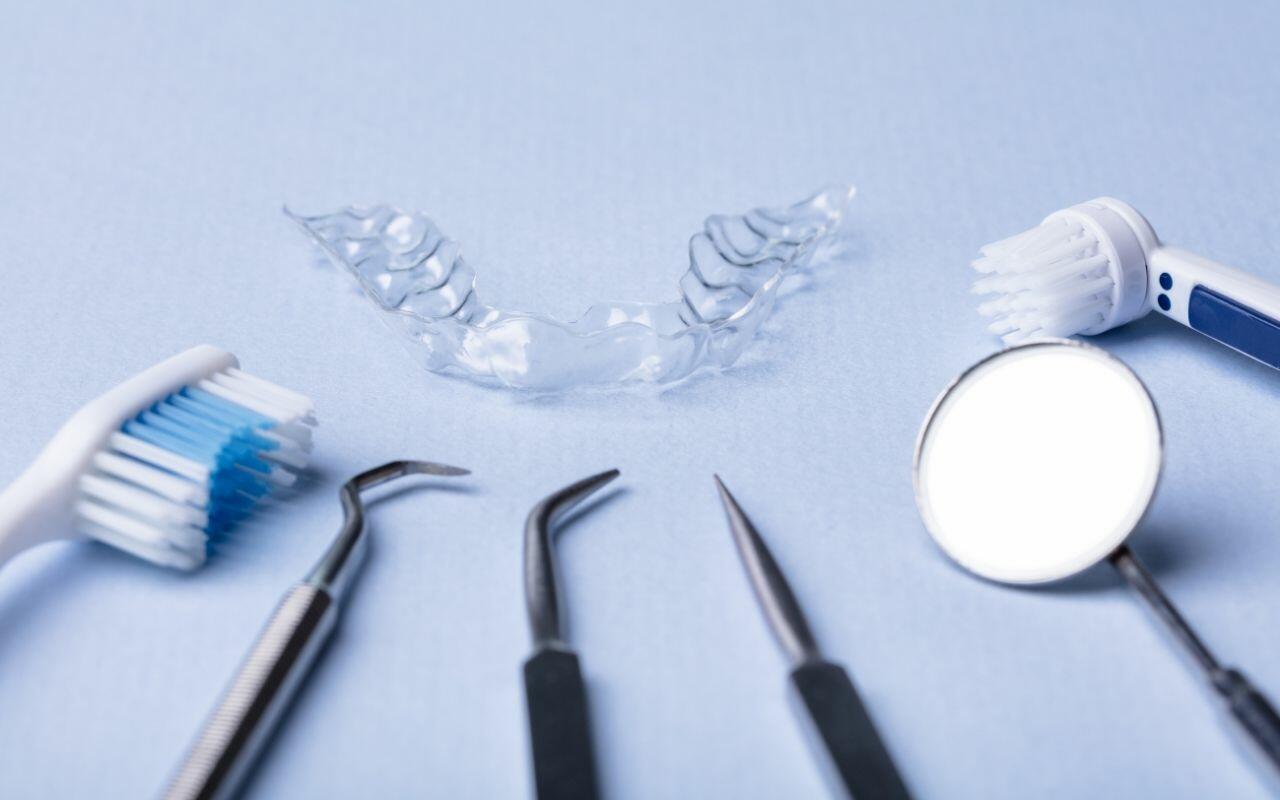
Invisalign® clear aligners require proper cleaning to maintain their clarity. If you aren’t careful, you can find they become cloudy and much more noticeable. Some tips to keep them clean include:
- Avoid drinking darker drinks that will stain your aligners and only drink water when wearing them
- Never drink hot beverages, including hot water when wearing your aligners
- Avoid smoking
- Use the Invisalign® Aligner Cleaning System to remove plaque safely
- Use antibacterial soap and warm – never hot – water to avoid warping or softening your aligners
- Brush your aligners with your toothbrush and toothpaste to keep them fresh
- Be careful when brushing to avoid scratching your aligners that make them appear cloudy
Proper cleaning is very important because you want to avoid bacteria buildup that causes bad breath, bad tastes, and poor oral hygiene.
Follow A Healthy Brushing And Flossing Regime
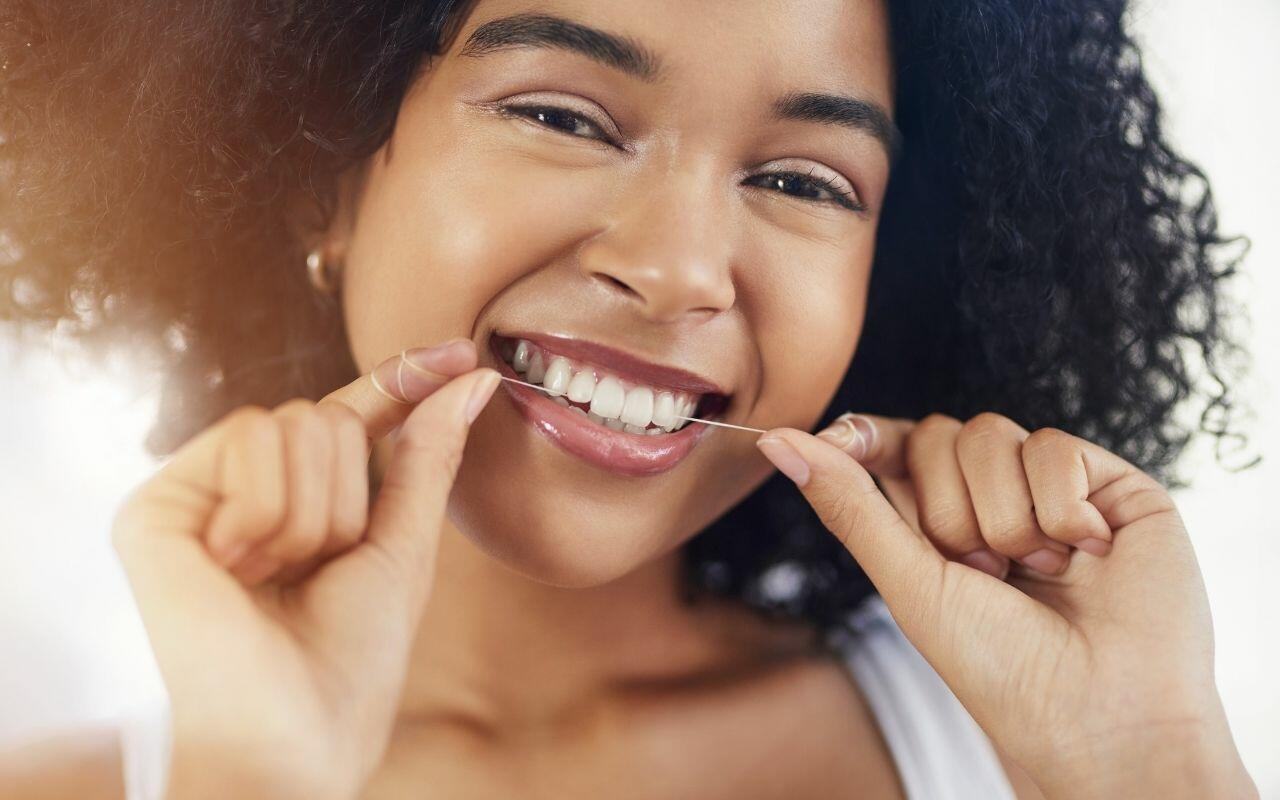
Because your Invisalign® aligners are removable, there’s no excuse for poor oral hygiene. Rinsing after eating helps remove food that can get caught between your teeth and aligners which can increase the risk for tooth decay. Your saliva rinses away food debris from your teeth naturally, but can’t rinse anything caught in your aligners. Take your aligners out to brush and floss after eating or drinking anything other than water. Always brush and floss every morning and before bed as well.
Use A Retainer
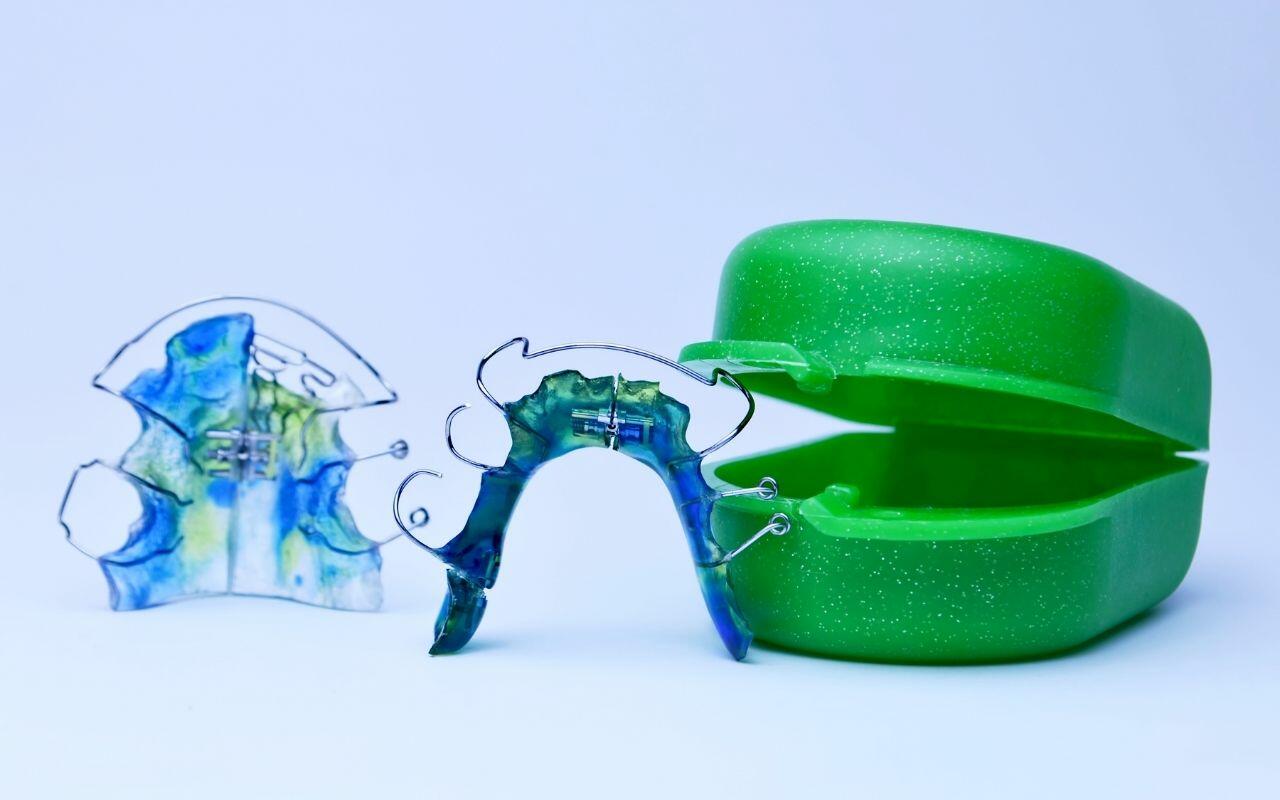
Once you finish using all your trays, you’ll want to maintain your new smile. Invisalign® retainers ensure your teeth don’t start to shift back into their original position. Although it would be nice if your teeth stayed put, unfortunately a retainer is needed to keep them straight. In most cases, your dentist will recommend you wear your final aligners more than your usual schedule and then transition to a retainer. The good news is you don’t have to wear your retainer for 22 hours for more than about six months. After that, you can most likely then just wear it at night, depending on what your dentist recommends.
Speak To Your Dentist

During your Invisalign® treatment, be sure to speak to your dentist if you are experiencing any pain or ongoing discomfort. They can check your trays for issues and make adjustments if necessary. You should also feel free to ask questions about your treatment, so you stick to your plan and see the best results for optimum teeth alignment.
Call today to schedule an appointment at 905-775-5307 or click here to request an appointment.
